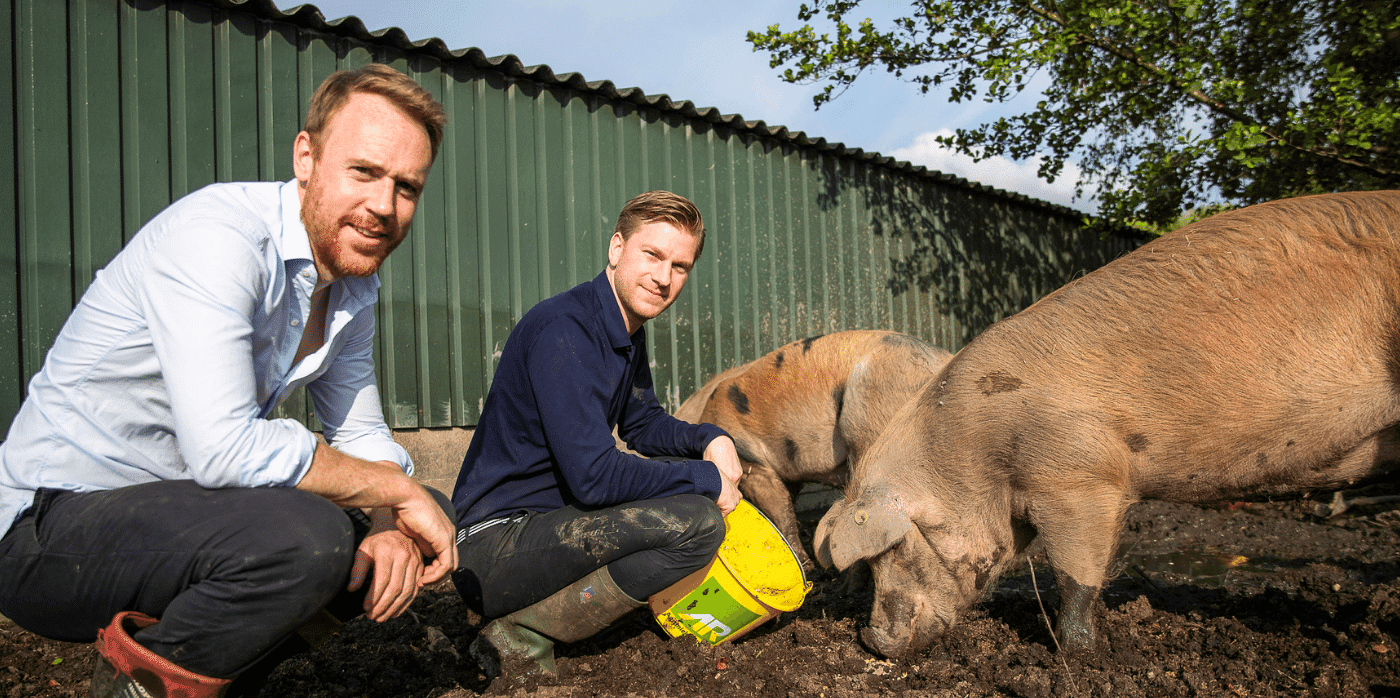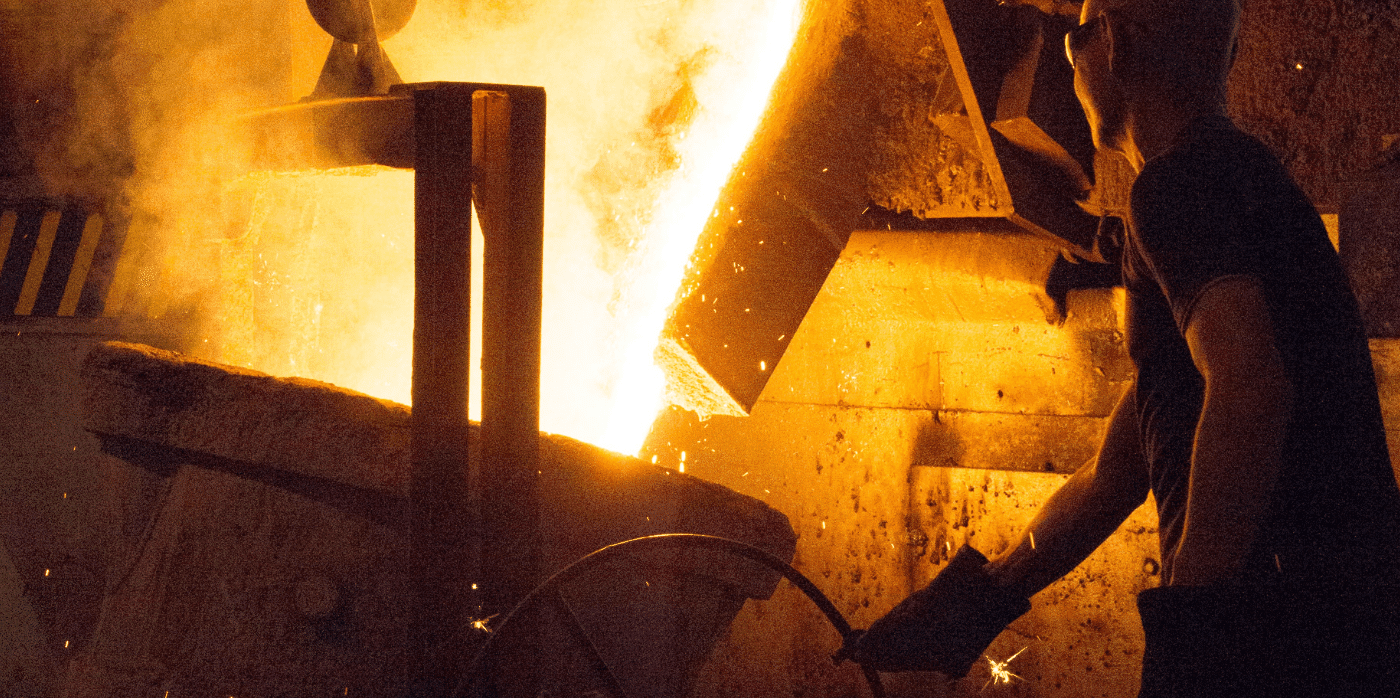Quick-growing cultured meat saves water and reduces emissions
Spotted: Grown from cells taken from unharmed animals, Meatable’s meat is identical in every way to a traditionally farmed animal meat with a significant exception – the production process. The harvested cells are used to replicate the natural process of fat and muscle growth in a process that takes only a few weeks. By contrast, it takes around three years for a cow to grow to a point where it can be slaughtered.
In addition to speeding up the process of producing meat, the company’s technology involves zero slaughter of animals or antibiotic use, while saving on land and water.
Because it takes up to 20,000 litres of water to produce a single kilogramme of traditionally reared beef, cellular agriculture saves millions of litres of water a year. A typical farm also produces vast volumes of animal waste that must be sustainably managed to prevent it from polluting waterways. Cultured meat, on the other hand, produces very little pollution or carbon emissions.
With global population growth continuing, and demand for meat staying fairly steady despite the rise in numbers of vegan products, Meatable’s team decided to produce food that could directly replace current favourites. The company recently revealed images of its pork sausage product – created in response to the demand for the food in Europe and the United States.
Currently awaiting regulatory approval for commercial sale of its products, Meatable plans to have its meat on shelves by 2024.
Molecular farming is growing in leaps and bounds, with plant cells being used to produce dairy proteins and an AI system building amino acid structures for growing new proteins through fermentation.
Written by: Keely Khoury
2nd September 2022
Email: information@meatable.com
Website: meatable.com





